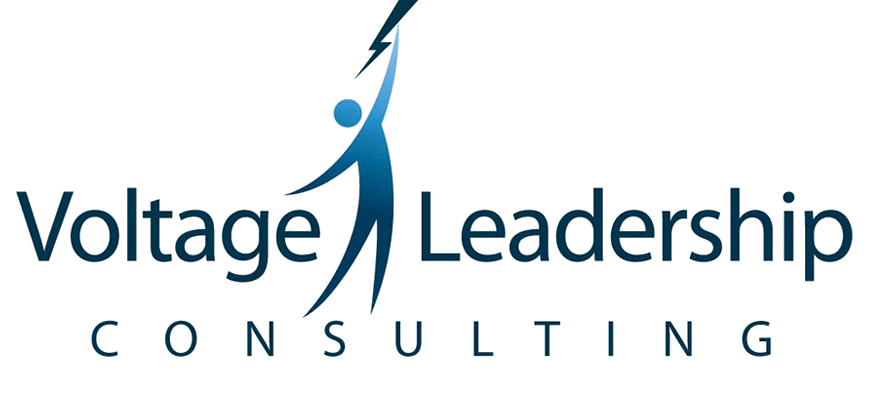PLAN TO BE NIMBLE: 2 INGREDIENTS TO ADD AND 1 TO SUBTRACT
My husband is a fan of American Ninja Warrior. We sit down one evening a week and watch people move through the incredibly difficult obstacle course that the show creates in cities around the country. It is amazing to watch as each contestant attempts to complete the course.
What wows me even more? There is generally a contestant or two who nimbly flies through the course, balancing, swinging, climbing, and pulling with such agility, accuracy and speed that I am left speechless, pointing at the TV. These people blow away the top score of the night by the time they reach the finish line.
Every contestant who completes the course has skills, strength, power, flexibility.
Those who win are also nimble.
Here is what I have noticed: the most nimble often appear to be the most carefree. There is a freedom to their movement: less tension, more fluidity, more speed, and more accuracy.
What is the leadership lesson here?
If there is one thing that will slow a person down, it is fear. Scared people move more slowly.
I am not suggesting that methodical preparation and planning are not part of the process, they are.
What I am suggesting is that fear-based performance will usually not earn you a first place finish.
This is what happens on the teams I coach: trust based teams are nimble whereas fear based teams are clenched, tightly wound, and controlled. It is not as much fun to work on a fear based team. It is a great deal of fun to work on and with a nimble team. Game changing ideas come from nimble teams. Incremental change comes from fear-based teams.
Speed, accuracy and excellence take a nimble player: someone who feels free to move, practice, learn, try and try again; someone who enjoys the work; someone who is having fun.
Another outcome of a nimble team: resilience. They weather storms well. Failure is part of the process, but focus and freedom rule the day.
Focus + Freedom = Nimbleness
Success in a changing world takes nimbleness in precisely the environment which makes a normal person nervous or afraid.
How do we face the challenge?
1. Focus. Focus on the Desired Outcome. What do you want, what do you really want? Why do you want it? Focusing on the ultimate Desired Outcome provides focus to individuals and teams. It gives people a common purpose and vision to pursue.
2. Freedom. This often means the leader needs to keep quiet while the team wrestles with HOW to achieve the Desired Outcome. They need to be free to share bad ideas and good ones and wrestle with them until they find a path and a process that will get them quickly to where they want to be.
Where they ultimately want to be is on the other side of the obstacle course, with yet another great experience behind them, ready to go back to work and prepare for the next round of challenges.
In 2017, I plan to be nimble. How about you?
